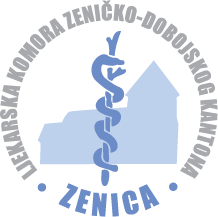Aim
Hand hygiene practice is still burdened by inadequate compliance, whether in the professional sphere by health professionals or in the non-professional sphere by lay population. Aim of this study was to map the hand hygiene knowledge and its compliance in the monitored group of people.
Methods
The research was conducted at the Jessenius Faculty of Medicine in Martin of Comenius University in Bratislava (JFM CU) among seventy 3 rd year students of General Medicine (medical study program), and Nursing, Midwifery and Public Health (non-medical study programs). Knowledge of hygienic hand washing according to the WHO guidelines from 2009 was investigated, as well as differences in the level of microbial contamination of hands after routine hand washing between the group that had been acquainted with hand hygiene protocols and the group that had not sufficiently.
Results
The results have shown that 32.9% of the students did not perform hygienic hand washing properly. The differences between the groups of students with and without the proper hand hygiene compliance in routine hand washing were not statistically significant. Conclusion
The results of our survey have suggested that the reasons for decreased compliance with hand washing protocols may be related to forgetting to wash the hands or not being acquainted with hand washing protocols at all. The strategies focused only on one aspect of hand hygiene are, according to scientific literature, ineffective in the long term.













